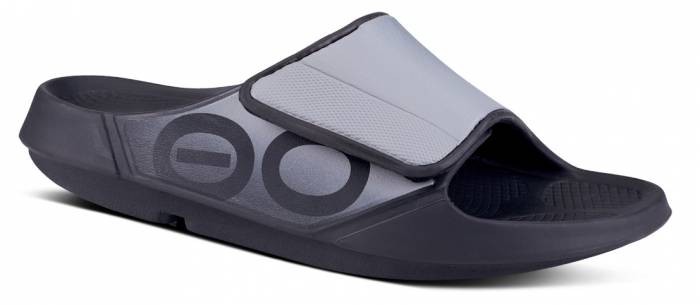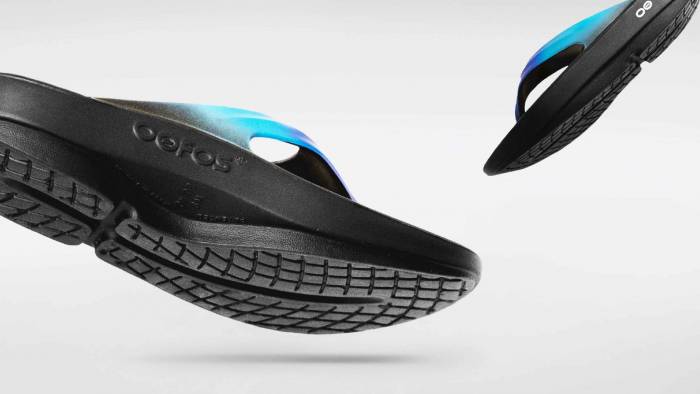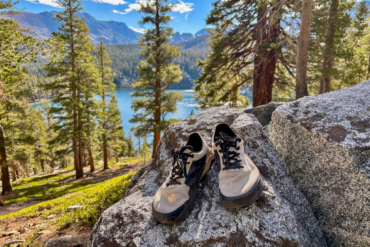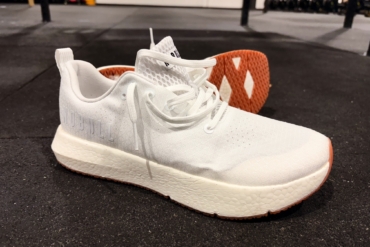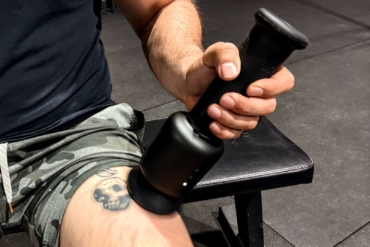There are a lot of recovery products on the market making health claims. But few of them point to clinical studies. OOFOS says its footwear helps start the recovery process by easing the workload on your feet and knees as you go about your day.
Recovery is one of the most important parts of exercise and performance improvement. However, it’s often ignored in the hustle and bustle of life as we move on to other obligations right after a shower.
Enter the idea of recovery footwear. OOFOS uses its own foam, which it claims has been found to perform differently than other foams in both mechanical and biomechanical studies.
Shop OOFOS footwearThe scientific consensus on recovery is that sleep is paramount. After that, you can debate how best to alleviate the load and pressure on the body’s muscles and joints. But those who prefer moderate-to-maximum cushioning in running shoes will likely want highly cushioned recovery shoes.
There’s a reason OOFOS stands behind its foam. But before we jump into the brand’s claims on dynamic recovery, let’s take a closer look at the footwear itself.
OOFOS: All in the Foam
OOFOS sandals’ and shoes’ fat-soled appearance draws from the brand’s proprietary OOfoam. The brand made the patented footbed entirely of that foam with a heel cup, elevated arch, and a slide, thong, or shoe upper.
Trail runners, take note: The brand promises you can wear this foam and tread on gravel or rocky trails as an all-around camp shoe while you rehydrate and recharge. The foam will mold around the uneven ground, and if the OOFOS get a little dusty, simply rinse them off.
The brand also points out that its foam doesn’t hold moisture or bacteria. That helps prevent foot odor from seeping into the footbed and means you can wash them easily without breaking down the foam’s benefits. (But do let them air dry.)
The brand says its foam will outlast the tread — and that’s the best indicator it’s time to replace them.

Dynamic Recovery
The biggest recovery claims from the brand are based on tests in university labs.
According to OOFOS, a 2017 study at the University of Virginia’s SPEED Clinic, which measures biomechanical and other performance factors in athletes, found its foam and footbed absorb 37% more impact and reduce the loading rate up to 88% more than traditional footwear foams. That includes the EVA foam found in most running shoes.
The brand also points to another study by the University of Massachusetts at Amherst’s Biomechanics Laboratory. OOFOS says the study found that the foam and footbed enabled a natural walking motion and reduced compression forces on the knee.
In essence, OOFOS claims its footwear reduces the impact and workload of the ankle, knee, and some connected muscles up the chain. This, the brand says, replicates a softer walking surface, like sand or grass, rather than the harder floor surfaces you’re more likely walking on after a run or workout.
Who Are OOFOS Shoes and Sandals For?
If you’ve ever neglected post-workout stretches or massage, the idea that you can alleviate some strain on your legs has its appeal.
Ultimately, deciding whether to invest in recovery footwear comes down to where you fall on the spectrum of foot support. Do you want to lend your joints and muscles an assist or let them work things out on their own?
OOFOS makes its shoes for those who embrace the idea that their legs and feet could use some support after extended time standing, walking, or exercising in them.
Shop OOFOS favoritesThis article is sponsored by OOFOS. You can find out more about the brand’s recovery products here.

